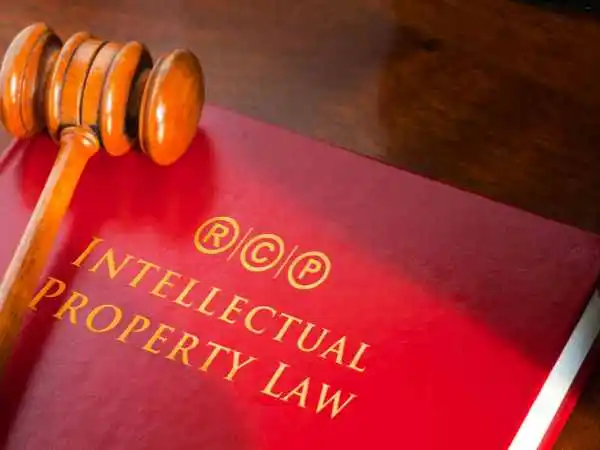Lots of seniors turn to creativity and new projects as they age. Knowing about intellectual property rights, or IP for short, is really important here. Whether it’s coming up with a fresh invention or writing something artistic, these creations need protection.
No one wants their hard work stolen! This info matters even more in settings like memory care facilities where artistry truly shines through. So, how can older creators protect what they make? Here are some top tips.
Understanding Intellectual Property Basics
Intellectual property is all about legal rights. They safeguard original creations such as inventions, books, or brand names. For creative seniors, it’s key to understand these types of intellectual protection.
Copyrights are for artistic works like music and art—patents defend unique processes and inventions, while trademarks protect logos along with brands. Knowing how one differs from the other can guide our senior creatives in opting for suitable coverage to establish their ownership over precious innovations.
Protecting Your Creations
Locking down intellectual property rights usually means dealing with legal steps. These might be filing patents or registering trademarks. Seniors can find it helpful to get advice from an IP lawyer or to check out resources like the U.S. Patent and Trademark Office (USPTO).
It is very important not to forget about paperwork as well—all drafts, revisions, and dates should be recorded meticulously for each work created. Such details can bolster a claim by providing solid proof of ownership in case anyone tries to challenge it. Actively protecting these creations lowers the chance that they’ll ever suffer misuse or theft.
Licensing and Sharing Your Work
Senior innovators often dream of sharing their brainchildren but also staying in charge. This is where licensing agreements step into the picture as a perfect solution. These allow others to utilize creations under certain conditions, which can turn IP into profit without giving up ownership rights.
Licensing an invention to corporations or permitting limited use of copyrighted material, for instance, ensures both income and increased visibility for works created by seniors. It’s crucial that such agreements are clear and written down—only then do they carry legal weight and ensure all outlined terms get respected.
Staying Informed on IP Laws
Intellectual property laws shift as time rolls on, making it crucial to stay current with these changes. Seniors can gain a lot from participating in local IP workshops or online webinars—professional groups centered around innovation and legal rights are worth considering, too.
Such resources not only offer important insights but also present chances for networking with other creators who share similar interests. It becomes especially relevant if creations span globally, so staying updated about international intellectual property rules is key—being informed means readiness when any law adjustments pop up while keeping created works protected.
Conclusion
Seniors are bringing their creative ideas to the table, making it key for them to have intellectual property protection by getting a handle on basic concepts of IP rights, locking down these protections effectively, finding licensing chances, and keeping up with changes in legal matters.
Senior creators can safeguard what they create without worry. Protecting those unique brainchildren doesn’t just secure one’s legacy—it also makes sure that all rewards linked back to this creativity land in rightful hands.























